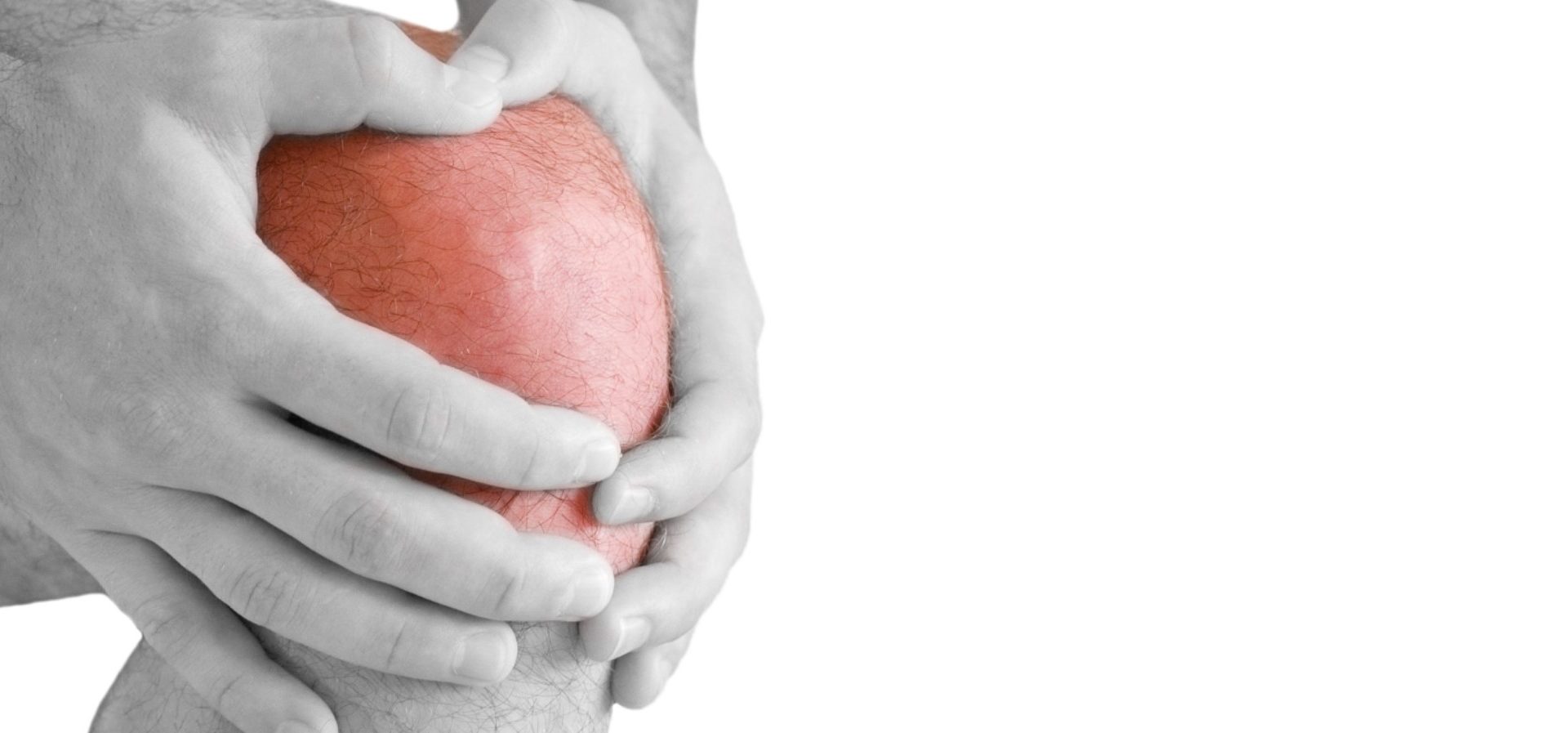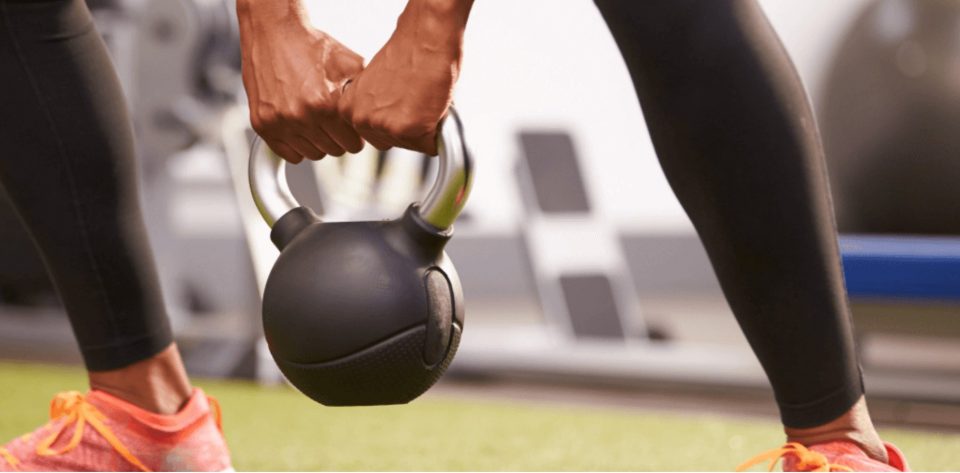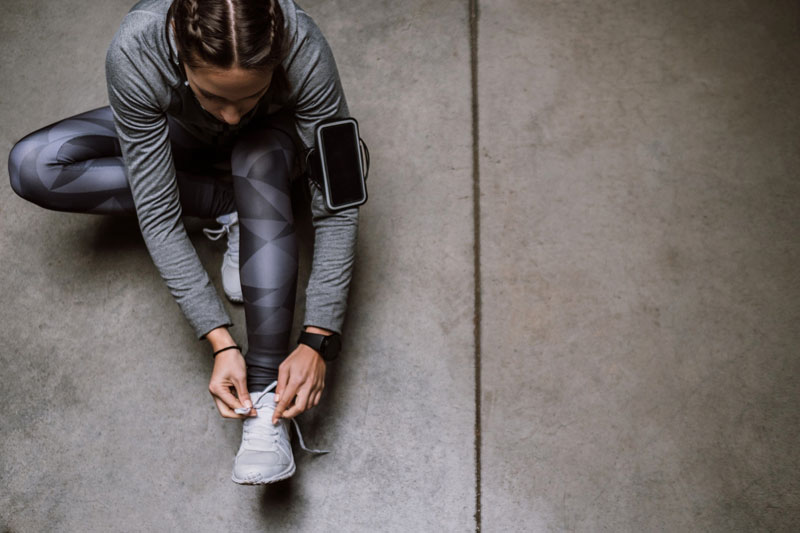PATELLAR TENDONITIS, WHAT IT IS AND WHY DO WE GET IT?
The patella tendon runs just below the patellar, it attaches to the patella and onto top of the tibia. The main function of the patellar tendon is to absorb the force from your quadriceps as you straighten your leg or take load into a squat position. When the tendon is repeatedly under impact or stress it can cause the tendon, insertion points to tear causing patellar tendonitis.
Anyone can get patellar tendonitis also known as jumper’s knee but is very common among people who participate in high impact sports and resistance workouts, it can often be described as dull to intense pain or tenderness above or below the knee cap when exercising or performing daily tasks, these signs could lead to be the first symptoms of patellar tendonitis. Often showing up by swelling and a burning sensation feeling above the kneecap, kneeling or getting up from a seated position can be especially painful if these symptoms arise. Other symptoms include swelling of the kneecap from inflammation, pain when bending or straightening your leg and pain behind the patellar.
The injury is highly common among people that do repetitive impact sports or exercise as it is an overuse injury caused by repeated stress on your patellar tendon connecting to the patellar itself. The stress causes multiple tiny lesions in the tendon causing pain and discomfort and with repetitive impact or stress to the tendon without proper rest and recovery it can exceed the rate of repair. But many other factors can contribute to this injury, tight quadriceps will constrict the area pulling on the tendon making it susceptible to tearing and cause discomfort above the knee.
Treatment
Stretching: Less invasive treatment for the injury non surgically is best advised to begin with before leading to an orthopaedic procedure if necessary. Stretching of the quadriceps and the surrounding muscle groups can assist in relieving pressure on the tendon with the quadricep, reduce muscle spasm and help lengthen the muscle-tendon insertion.
Strengthening the quadriceps and surround muscles: Weak leg muscles like the quadriceps and hamstrings can contribute to the stress onto the patellar tendon as they can be too weak to control the force as you land from a jump or do a movement to quickly. Movements that involve descending your leg very slowly after extending it, such as a suspended squat where the weight can be evenly spread over both legs in a controlled descent.
Patellar tendon strap: A patellar tendon strap is an orthopaedic band, commonly used by people that experience pain and discomfort in front of their kneecap caused by repetitive overuse injuries contributing to patellar tendonitis. It can reduce the amount of pressure on the knee caused by movement and ultimately limit the stress to the patellar tendon when participating in a high impact movement.
Orthopaedic Surgery: In the case where non-invasive options do not decrease the inflammation in the knee and the pain continues without subsiding, an orthopaedic surgical option can be an option for those with a severe tear within the patellar tendon, unable to repair itself.







